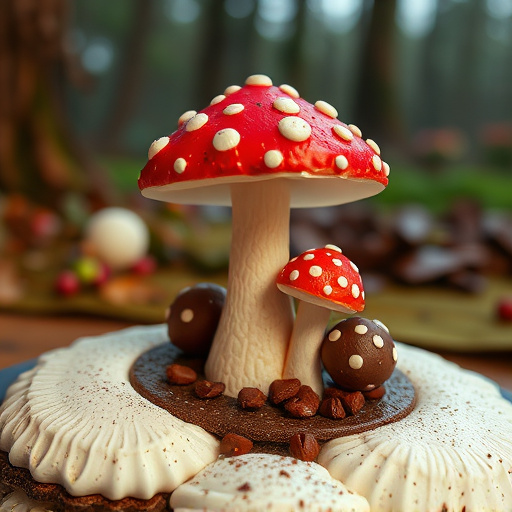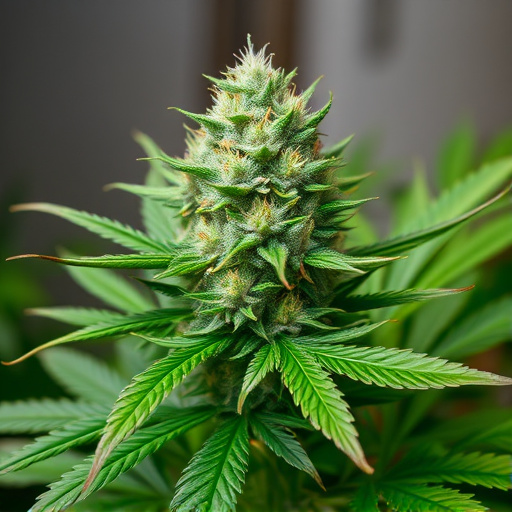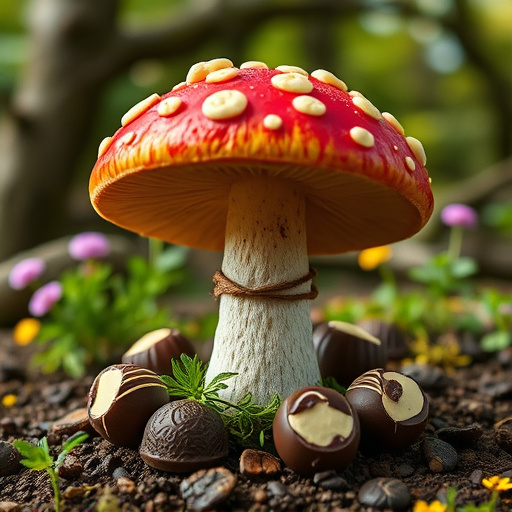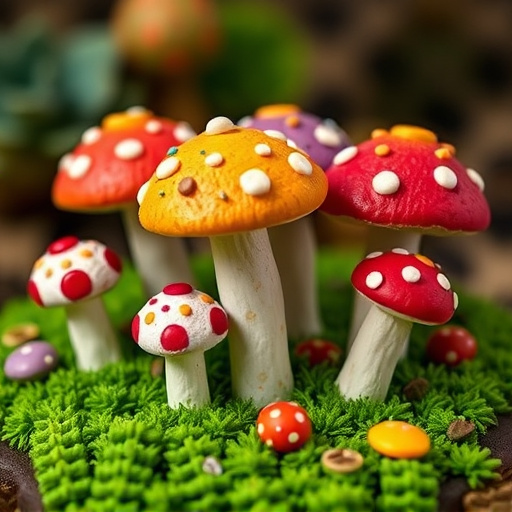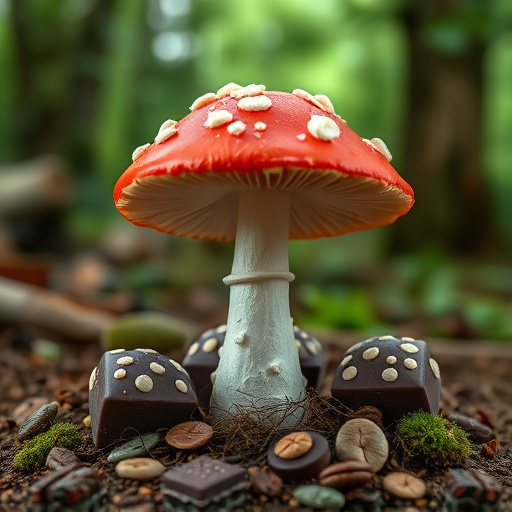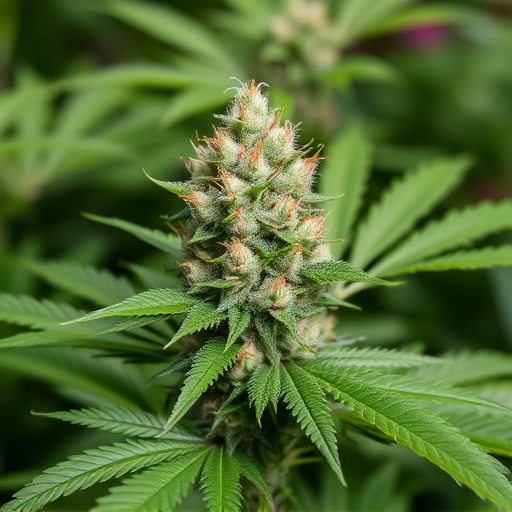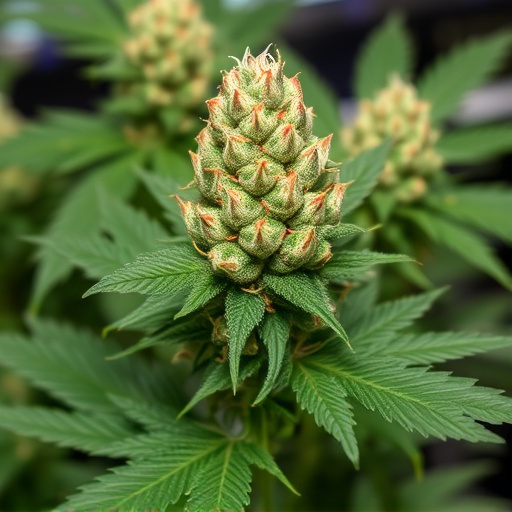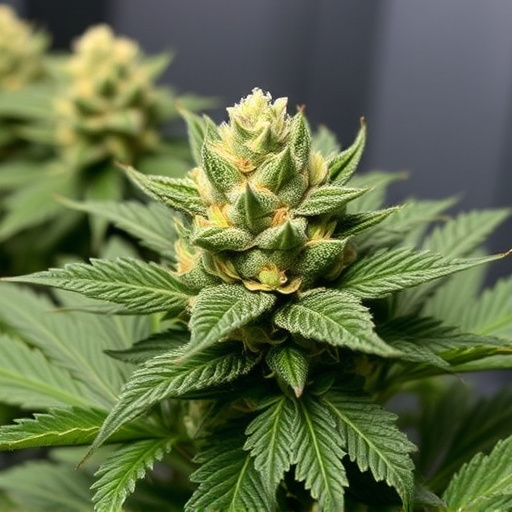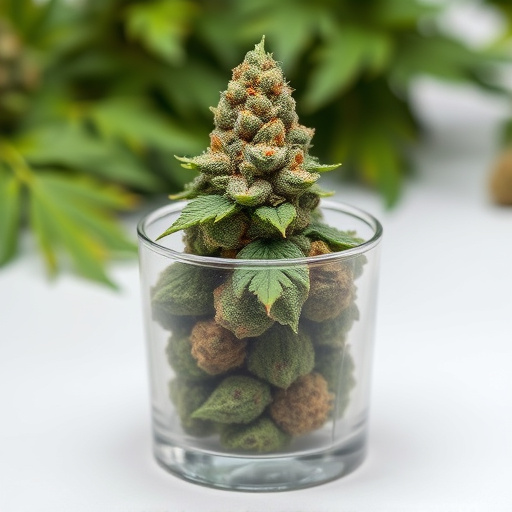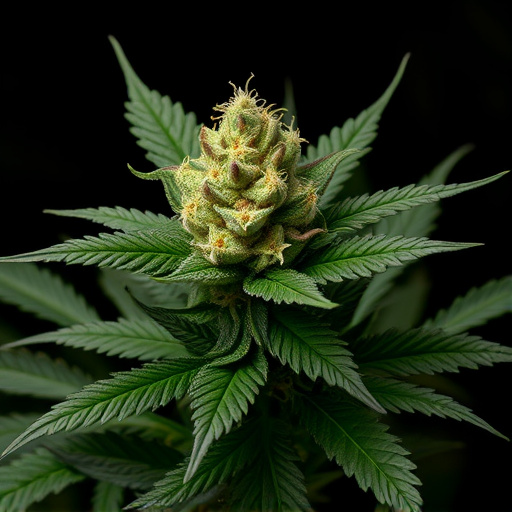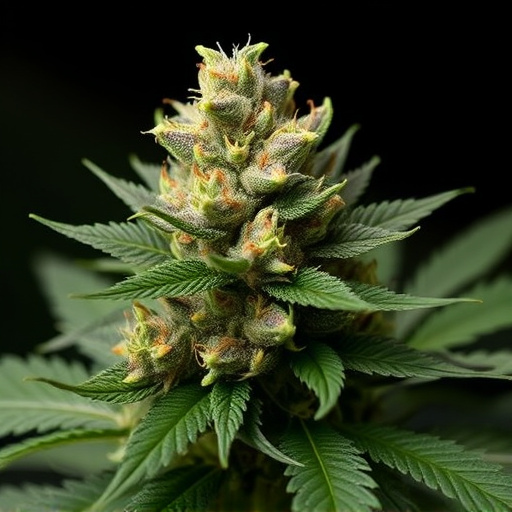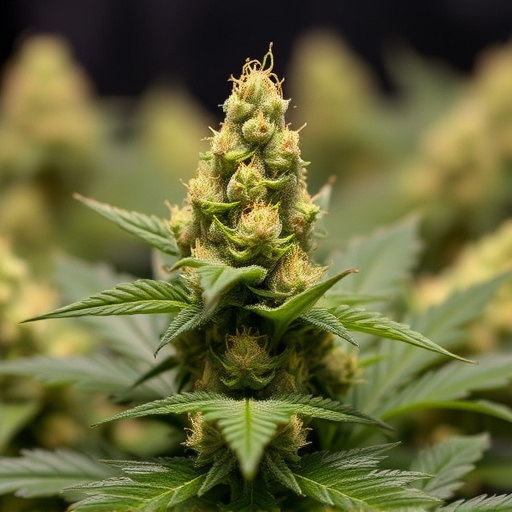Cannabis flowers contain a diverse range of chemical compounds, including cannabinoids like THC and CBD, and terpenes that contribute to their unique effects. Different cannabis cup strains vary greatly in composition, offering varied experiences from relaxation and pain relief to increased focus and creativity. While short-term sensations include heightened perception and appetite stimulation, long-term use can lead to increased tolerance and potential adverse effects. High-CBD cannabis cup strains show promise for managing chronic conditions without THC's negative impacts. However, risks include mental health issues and potency-related dangers, with a lack of global regulated standards complicating dosage and quality assurance.
Unraveling the effects of cannabis flower, this article delves into the intricate world of cannabis cup strains and their impact on both mind and body. With a focus on understanding the chemical composition of various strains, we explore short-term and long-term effects, shedding light on its therapeutic potential and associated risks. From relaxation to stimulation, learn how different cannabis cup strains can influence your senses and well-being, offering valuable insights for informed decisions.
- The Chemical Composition of Cannabis Cup Strains
- Short-term and Long-term Effects on the Body and Mind
- Potential Therapeutic Benefits and Risks
The Chemical Composition of Cannabis Cup Strains
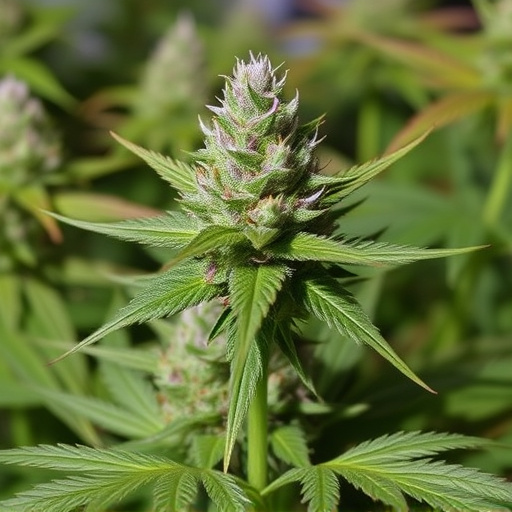
Cannabis flowers, also known as buds, contain a diverse range of chemical compounds that contribute to their unique effects on the user. The most well-known and significant components are cannabinoids, such as tetrahydrocannabinol (THC) and cannabidiol (CBD). THC is primarily responsible for the psychoactive effects, inducing feelings of euphoria and relaxation, while CBD has gained popularity for its potential therapeutic benefits without the mind-altering effects.
The chemical composition of different cannabis cup strains varies greatly, leading to a wide array of experiences. Strains can be bred and cultivated to have higher or lower concentrations of specific cannabinoids, as well as terpenes—organic compounds that give cannabis its distinct aromas and flavors. Terpenes also play a role in modulating the effects of cannabinoids, creating a complex interplay that makes each strain unique. For example, myrcene is known for its earthy scent and potential sleep-promoting properties, while limonene offers a citrusy aroma and may boost mood and cognitive function.
Short-term and Long-term Effects on the Body and Mind
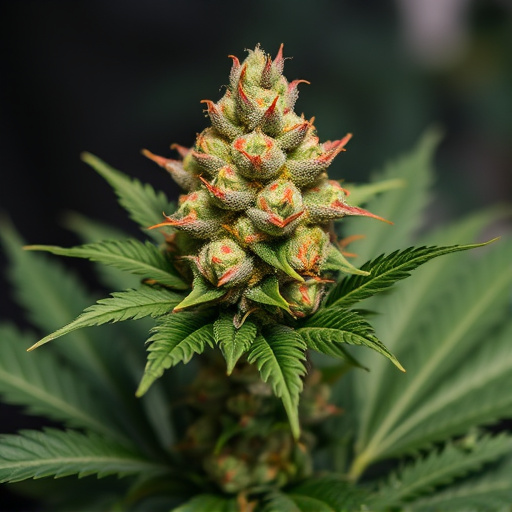
Cannabis flower, with its diverse profiles determined by genetics and cultivation practices, offers a wide range of effects on both the mind and body—both in the short and long term. Short-term effects can vary significantly depending on the strain, dosage, and individual tolerance. Common physical sensations include heightened sensory perception, increased appetite (often referred to as “the munchies”), relaxation, and reduced anxiety. Mentally, users may experience euphoria, creativity spikes, and a distorted sense of time. Physical benefits might include pain relief, muscle relaxation, and improved sleep quality.
Long-term use of cannabis can lead to more complex outcomes. Regular consumption may result in increased tolerance, requiring higher doses to achieve the same effects. Some strains known for their potent THC content, when overconsumed, can induce anxiety, paranoia, or even psychotic episodes in predisposed individuals. However, many users also report positive long-term impacts such as reduced stress, improved mood, and better sleep habits. Studies suggest that certain cannabis cup strains with higher CBD (cannabidiol) levels may help manage chronic conditions, including epilepsy and multiple sclerosis, without the adverse effects associated with high THC.
Potential Therapeutic Benefits and Risks
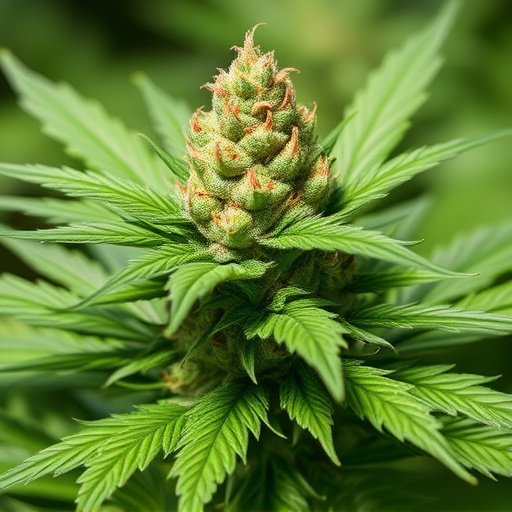
Cannabis flower, with its diverse chemical profile and varying concentrations of cannabinoids like THC and CBD, offers a range of potential therapeutic benefits. Studies have explored its effectiveness in managing pain, reducing anxiety, and alleviating symptoms associated with conditions such as multiple sclerosis and epilepsy. Certain cannabis cup strains are renowned for their specific medicinal properties; for instance, Indica strains are often preferred for their sedative effects, promoting relaxation and better sleep, while Sativa varieties may enhance focus and creativity due to higher THC levels.
However, it’s crucial to acknowledge the risks associated with cannabis use. Short-term effects can include heightened senses, altered perception, and increased heart rate. Long-term use or abuse may lead to mental health issues, especially in individuals predisposed to conditions like schizophrenia. The potency of modern cannabis products, often much higher than historical strains, exacerbates these risks. Additionally, the lack of regulated standards for cannabis cup strains worldwide makes it challenging to ensure consistent dosage and quality, posing further potential dangers to consumers.
Cannabis cup strains, with their diverse chemical compositions, offer a range of potential therapeutic benefits while also presenting risks. Understanding the short-term and long-term effects on both the body and mind is crucial for navigating the use of these compounds effectively. As research continues to evolve, recognizing the unique properties of different cannabis cup strains can empower users to make informed decisions about their well-being.
